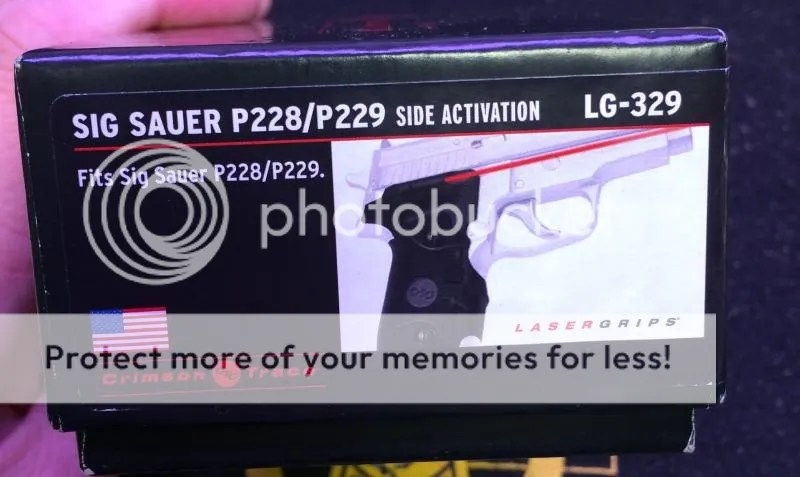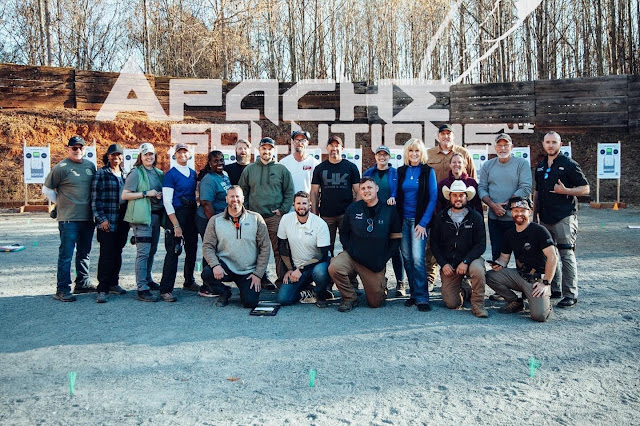The views expressed in this article are those of the author and do not necessarily reflect the views of Gunset Training Group or its affiliates.
Click HERE to view the original post on the GunSnobbery Blog
I have extensively used and competed with a Crimson Trace Corporation Laser Grip off and on since early 2000. When I first saw the CTC grips, I admit I was skeptical about their usefulness. Since I bought a pair (actually split the cost, my police agency paid $100 towards them) and really learned how to use them, that skepticism is long gone. The following series of posts will outline the pros and cons (as I see them) of the CTC grips.
First, let’s look at what I’ll be using:
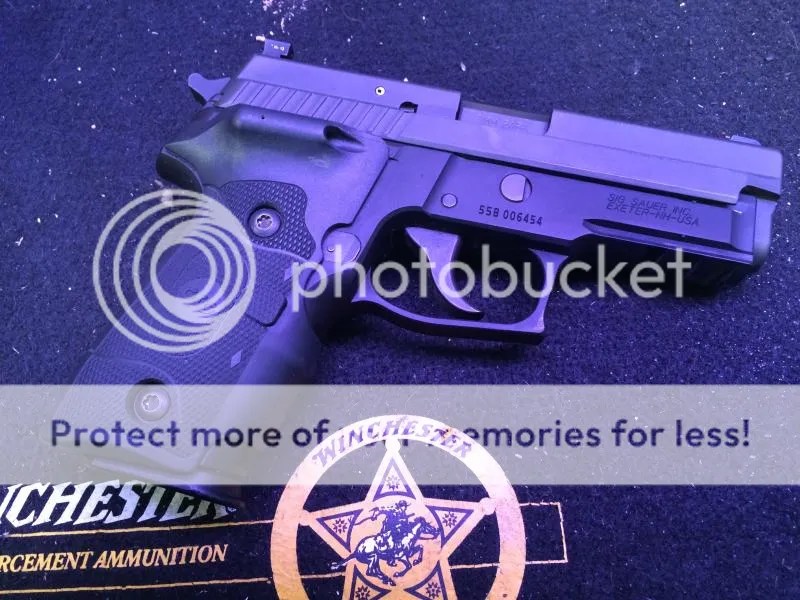
For full disclosure, CTC did not provide me with these grips, I purchased them from a forum member on P-F.com. I can be somewhat skeptical of reviews/articles on items which have been provided by the manufacturer. There are some authors/bloggers who I know will tell the truth no matter what; however, all you have to do is read the plethora of gun magazines/blogs to realize that is not always the case.
So let’s get to the grips themselves. These grips have a rubberized texture and have pressure switches on both grips. This is an improvement over the original grips, which only had a switch on the left side grip panel. That was kind of a pain for lefties. The laser module is at the top of the right side grip panel. Because of it’s location, it requires the user to modify the way their trigger finger is indexed when not shooting the pistol. I normally have my trigger finger high when I index it – up on the slide itself. It becomes a problem when you use laser grips:
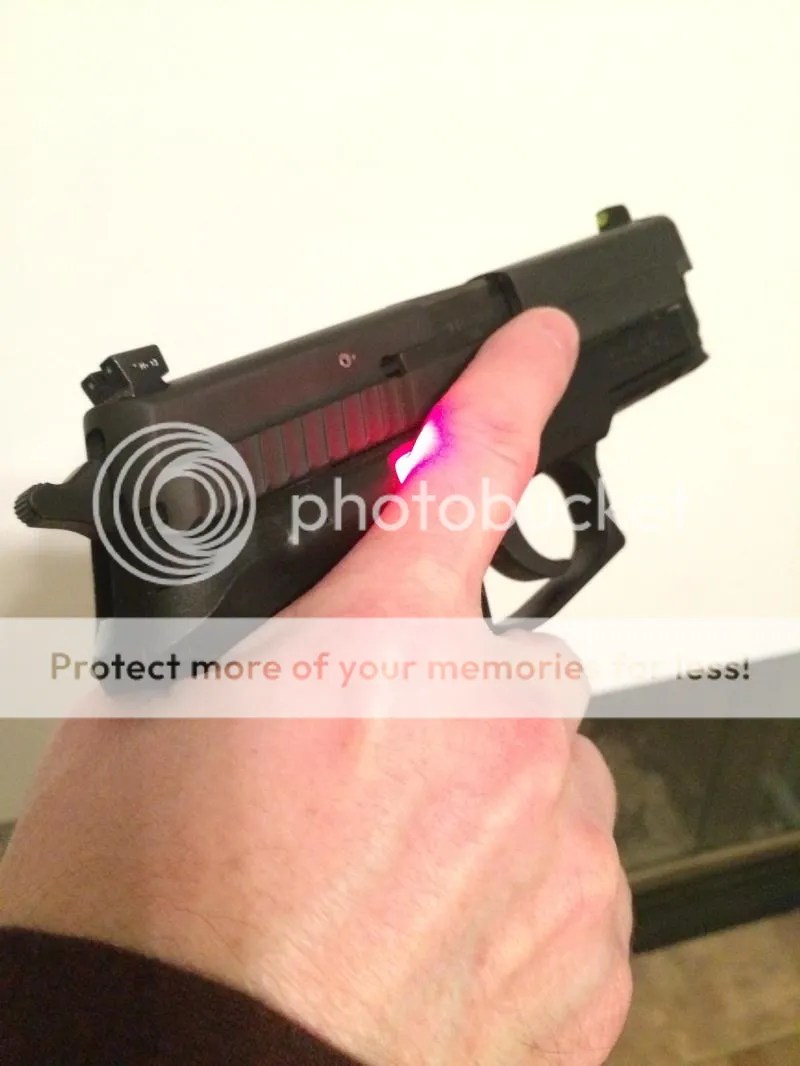
So when using the grips, I’ve had to modify my index position somewhat:
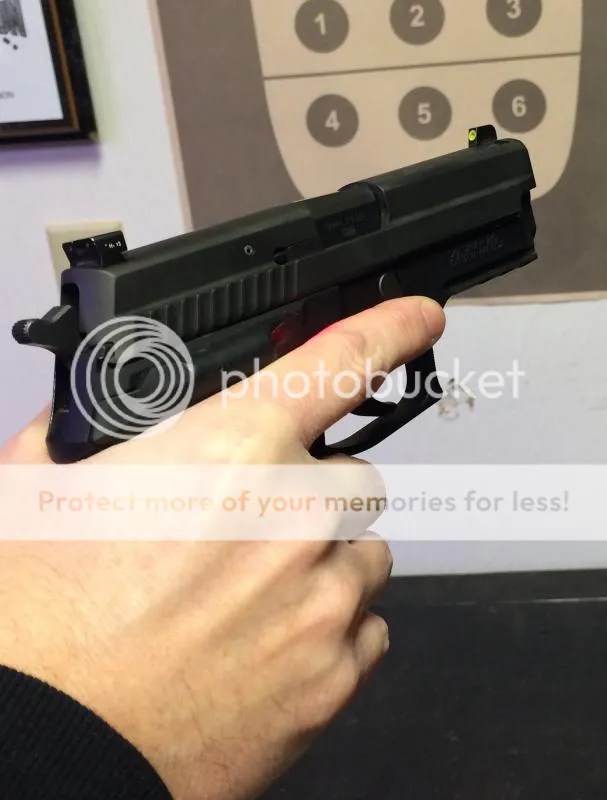
It’s not a huge issue, but took some getting used to when I first started using them.
The grips themselves are powered by two CR2032 batteries. One goes into each grip. The battery set up in the newer style grips is much better than the original Sig grips. Like anything that’s electronic, the batteries are the Achilles’ heel of the system. I know from past history that a set of batteries will last for months of normal use. When I first got the grips, I shot them quite a bit at the local indoor pistol matches. A set of batteries lasted me over a year. Nowadays, I recommend that the batteries be changed every six months. Cheap insurance. I also recommend that the grips be turned off when not being carried (unless you use it as a nightstand gun as well).
The CTC grips come with a couple of Qtip like things in the package, along with a couple of VERY small Allen wrenches:
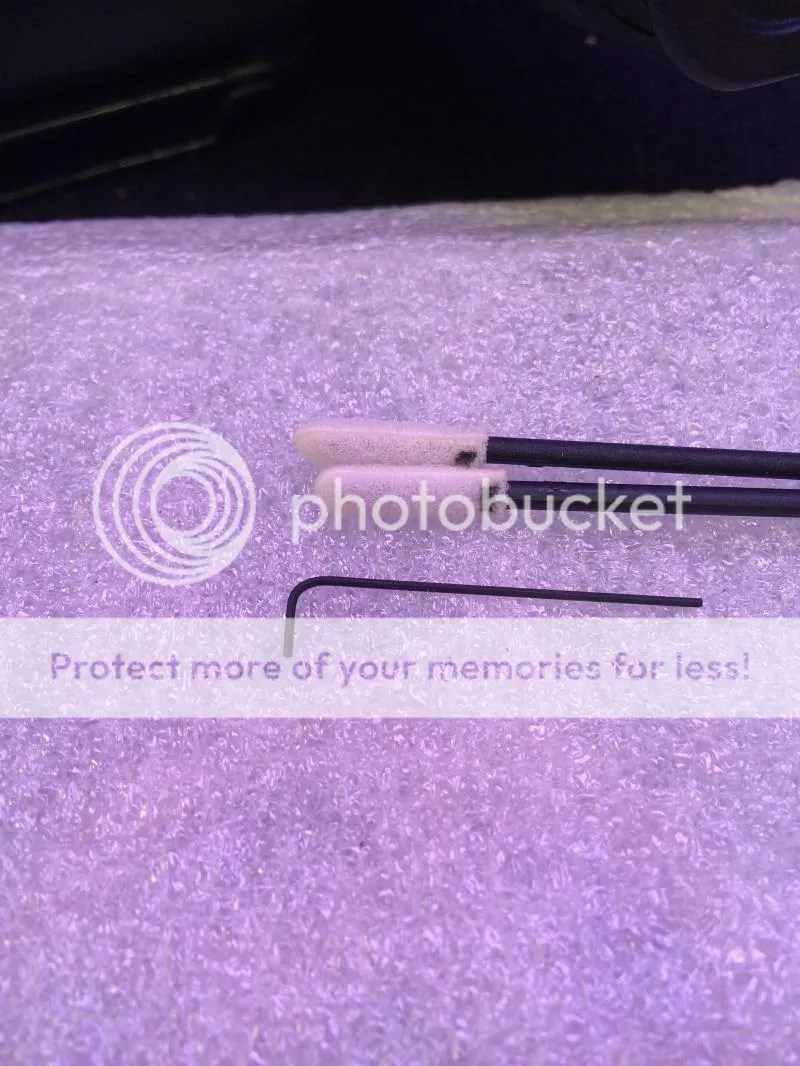
The Qtips are for cleaning the front of the laser emitter. Fairly straightforward, stick the Qtip in the hole and spin it. The Allen wrenches are for adjusting the windage and elevation of the laser itself so it can be zeroed appropriately. There are holes on the top and side of the laser housing:

Zeroing a laser grip is similar to zeroing a riflescope. You pick a distance where you want the grips zeroed. Any where closer or further and the laser will be slightly “off”. With a rifle scope, the “off” distance is usually straight up or down. With a set of laser grips, that is up/down and left/right because the grips sit below and to the right of the muzzle. Now, for defensive handgun distances the distance the laser is “off” is not that significant. Unless you would have to take a precise, hostage rescue type shot. For this set of grips, I chose to zero it at 10 yards. To get a rough zero down, I used a very scientific method. Inside my house, I paced off 10 yards and through trial and error got the laser dot to sit right on top of my front sight. Next week, I’ll go to the range, shoot the pistol and make any adjustments necessary to finalize the zero.
One last thing before I wrap up this first laser grip article. Since the grips are not the same profile as the factory grips, holster fit is a problem. So, to make this work with my normal carry holsters I had to do some Dremel surgery:
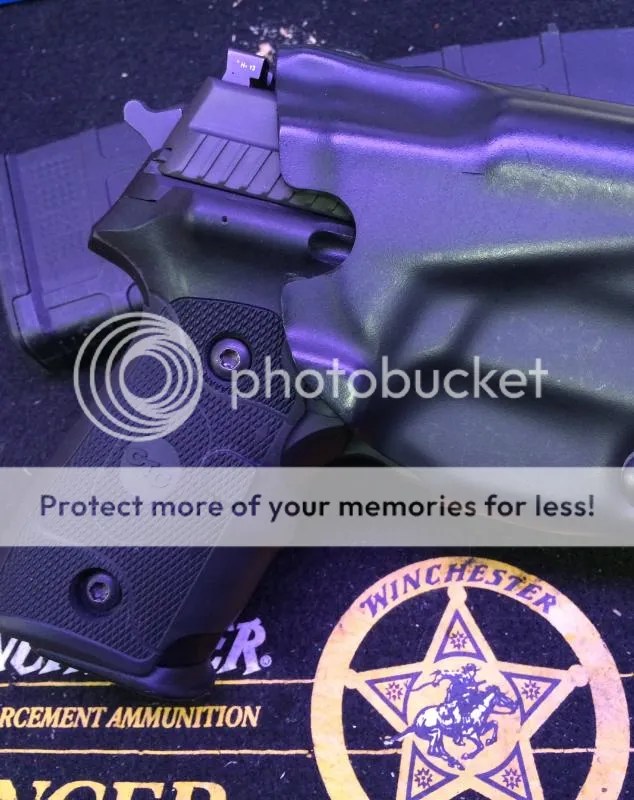
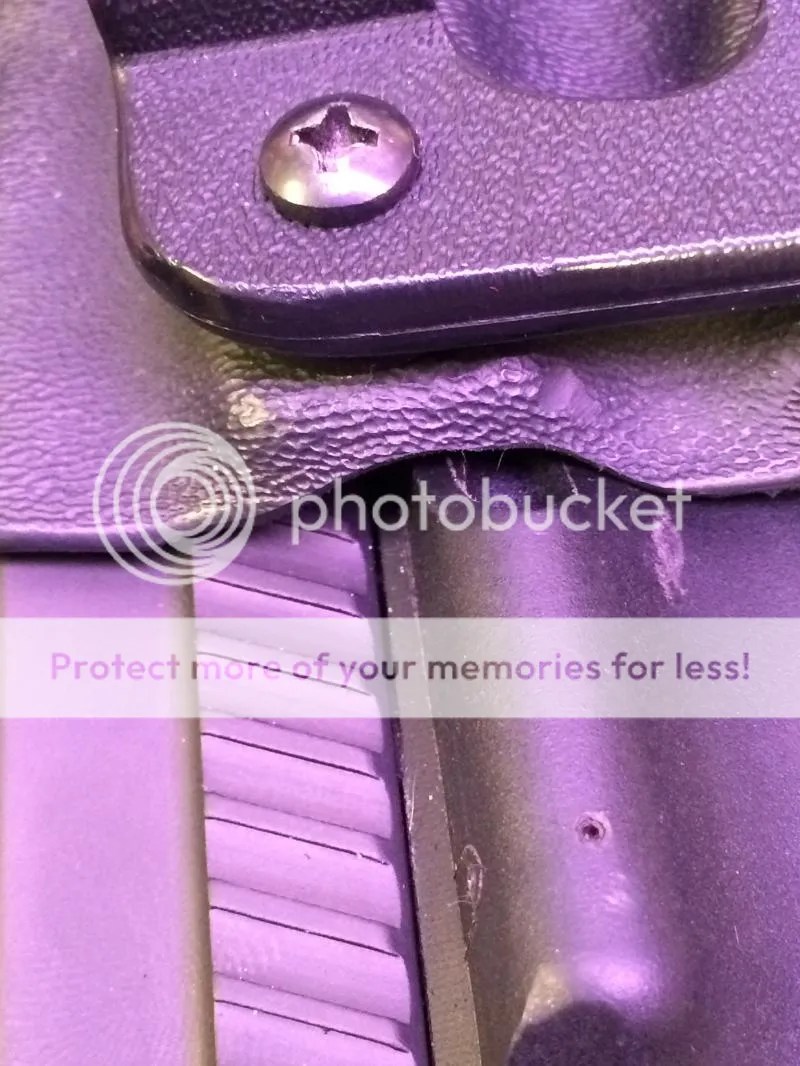
With kydex holsters this is an easy fix. Leather may require other modifications. Always something to keep in mind when you buy a holster.
In the next article, I’ll get into learning to shoot the laser grips.


